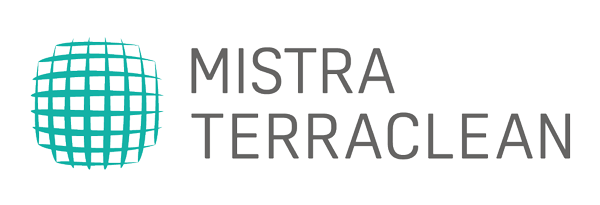CSP1 is addressing the treatment of several types of water streams in mining and former mining operations, and the removal of heavy metals; however, the methods addressed may also be applicable for the treatment of other waters contaminated by heavy metals, e.g. leachate water. e.g. leachate water or contaminated storm water.
When sulphide ores are exposed to O2 during their processing, the sulphides tend to oxidize ultimately into sulphates and sulphuric acid, and the metal ions are released into water, which also causes acidification. Such, metal-enriched acidic mine drainage (AMD) can be a threat to natural waters and might require treatment before it can be released to a recipient. The scope of this case package is to find new methods with higher efficiency, less waste and lower cost than the methods available today.
Metals of interest are As, Cd, Co, Cr, Cu, Hg, Pb, Ni, Zn and Sb. The concentration of the ions may vary from micrograms to milligrams per litre. As other ions, such as Ca and Al are also present, the selectivity of the materials and processes will be of crucial interest.
CSP1 will consider three applications: Treatment of metal contaminated leakage water from mining waste deposits with or without AMD-risk from 1) decommissioned mines 2) mines in operation and 3) materials with potential for use in remediation.
CSP1 Leader: Henrik Kloo, IVL
CSP1 Deputy Leader: Andriy Malovanyy, IVL
Involved partners: IVL; KTH; Stockholm Water Technology; SU; RISE; Statens Geologiska Undersökning (SGU); Lovisagruvan; Boliden; Nordic Water
